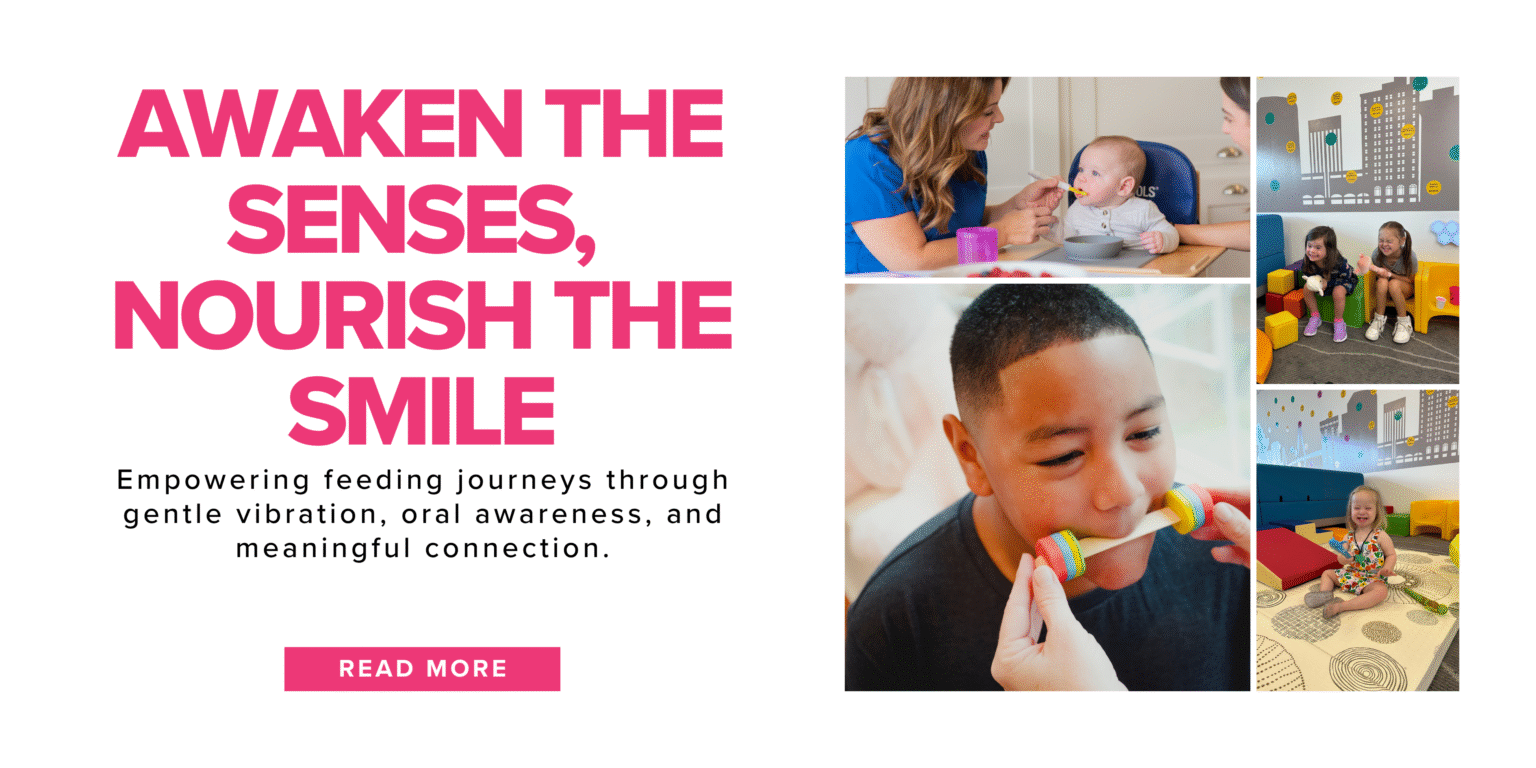TalkTools was represented in 3 presentations at this year’s National Down Syndrome Congress. Thank you all for attending!
EFFECTIVE STRATEGIES FOR IMPROVED COMMUNICATION AND SPEECH CLARITY FOR CHILDREN WITH THE DIAGNOSIS OF DOWN SYNDROME
Presenter: Jennifer Gray, MS, CCC-SLP
Age range: Birth to 8
Course description:
This presentation will focus on effective communication strategies for children, birth to
school-aged, with the diagnosis of Down syndrome. Factors that impact appropriate
communication will be presented. Strategies will be discussed that foster speech and
language and prevent communication difficulties. Sensory, motor, and oral-placement
skills will be discussed in the framework of a comprehensive language learning system.
Parents and educators will better understand how multiple strategies can be implemented
to address speech clarity and overall communication.
Learning outcomes:
- Identify the types of communication and which to target based on the child’s strengths in daily living.
- Learn specific activities and strategies to use at home with your child/client/student to encourage speech clarity and expressive language
- Learn specific activities and strategies to use at home with your child/client/student to encourage speech clarity and expressive language
AIRWAY, ORTHODONTICS, APNEA, AND ORAL PLACEMENT THERAPY
Presenters: Brian Hockel, DDS & Heather Vukelich, MS, SLP-CCC
Age range: All ages
Course description:
Posture and function of the jaw and mouth muscles will affect speech, facial and jaw development, and even the airway. As breathing and speaking are vital to health and personal development, you will want to learn in this presentation how to optimize your child’s potential through addressing the common root causes of speech, orthodontic, and sleep apnea problems.
Learning outcomes:
- To understand the etiology of facial and airway growth, and the implications for sleep apnea.
- To introduce therapies such as Oral Placement Therapy that help speech and facial development.
- To show orthodontic approaches which affect speech, facial appearance, and airway health.
UNDERSTANDING SENSORY DIFFERENCES AND HOW IT CAN IMPROVE YOUR CHILD’S QUALITY OF LIFE
Presenter: Monica Purdy, MA, CCC-SLP
Age range: Birth to 5
Course description:
The term “Sensory Differences” has been recently added to the Diagnostic and Statistical Manual of Mental Disorders 5th Edition (DSM-5®). Sensory differences can affect how each of us perform in therapy, school or their home setting. An individual’s sensory system is the foundation of his/her ability to interpret, process and react to the demands of the environment. Sensory differences affect every facet in an individual’s life – from eating, articulation, language, social and academic skills to self-care and play.
This course will allow participants to evaluate sensory differences, and gain new insights and perspectives toward your child, and even yourself. Understanding the importance of modulation, as well as under-responsive or over-responsive actions, will be the basis for guiding you and your child’s therapist to have more success in every day interactions, as well as therapy sessions.
The importance of recognizing how your child may be processing information, and understanding which strategies and practices to implement will help your child both in therapy – and in life. The importance of working in conjunction with an occupational therapist will also be addressed.
Learning outcomes:
- Define the term sensory processing disorder and determine how sensory processing affects your child
- Identify the 8 senses and distinguish between typical and non-typical reactions to sensory input
- Apply sensory activities to help the child/client achieve success



